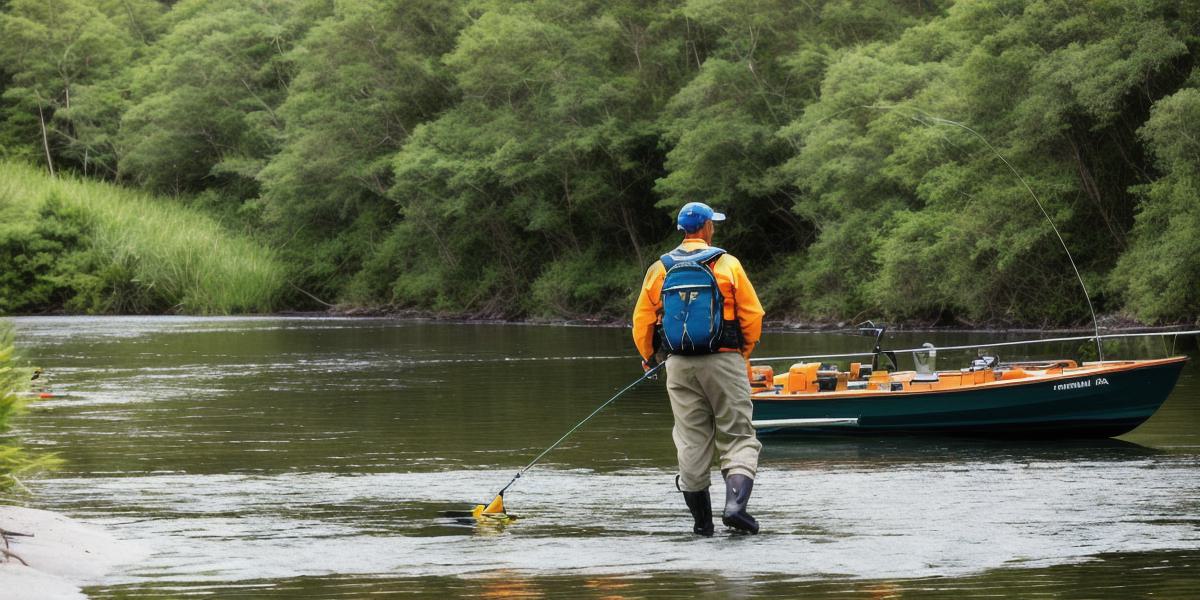If you’re interested in learning how to play the banjo, you may be excited to start your journey. However, as with any new skill, there are challenges that come with it. In this article, we will discuss some of the most common challenges that people face when trying to learn the banjo, and provide tips and strategies for overcoming them.
- Finding the Right Banjo
The first challenge you may encounter is finding the right banjo. With so many different types and styles of banjos available on the market, it can be difficult to know where to start. Some people choose a beginner-friendly banjo with fewer frets, while others opt for a more advanced instrument with a wider range of notes.
When choosing a banjo, it’s important to consider your budget, experience level, and personal preferences. If you’re just starting out, it may be best to choose a beginner-friendly banjo that is easy to play and learn. However, if you have more experience or are looking for a specific sound, you may want to invest in a higher-end instrument.
- Learning the Basics

Once you’ve chosen your banjo, the next challenge is learning the basics. This includes understanding how to hold the instrument, plucking the strings, and reading sheet music. Some people find this process challenging because it requires a lot of coordination and practice.
To make learning the basics easier, it can be helpful to break down each step into smaller, more manageable tasks. For example, you may want to start by practicing plucking individual strings, then move on to simple chords, and finally work your way up to more complex songs.
- Building Muscle Memory
As you continue to practice and improve your skills, you’ll find that building muscle memory becomes increasingly important. This is because playing the banjo requires a lot of physical dexterity and coordination, which can be challenging for beginners.
To build muscle memory more effectively, it’s important to practice regularly and consistently. Try setting aside dedicated time each day to work on your skills, even if it’s just for a few minutes. Over time, this will help you develop the necessary muscle memory and make playing the banjo feel more natural and intuitive.
- Staying Motivated
Learning to play the banjo can be a long and challenging process, and it’s important to stay motivated throughout your journey. This may involve setting goals for yourself, finding a supportive community of other musicians, or simply enjoying the process of learning and growing as an artist.
When it comes to staying motivated, it’s important to remember that progress is not always linear. Some days you may feel like you’re making great strides, while other days you may struggle with frustration and self-doubt. However, by staying committed and focused, you can overcome these challenges and achieve your goals.
- Finding a Teacher or Community
Finally, one of the most important aspects of learning to play the banjo is finding a teacher or community of other musicians who can support and guide you along the way. This may involve taking lessons from a professional instructor, joining a local music group or club, or connecting with other banjo enthusiasts online.
By finding a supportive community, you’ll have access to valuable resources, advice, and encouragement as you continue to learn and grow as a musician.



